Pollinators: Small Creatures with a Big Impact
June 21-27 was National Pollinator Week. This international event celebrates and supports pollinator health and spreads the word about what we can do to protect them. Why should we take an active role in the health and well being of pollinators? Simply put, their existence is critical to the health of the Earth’s ecosystems.
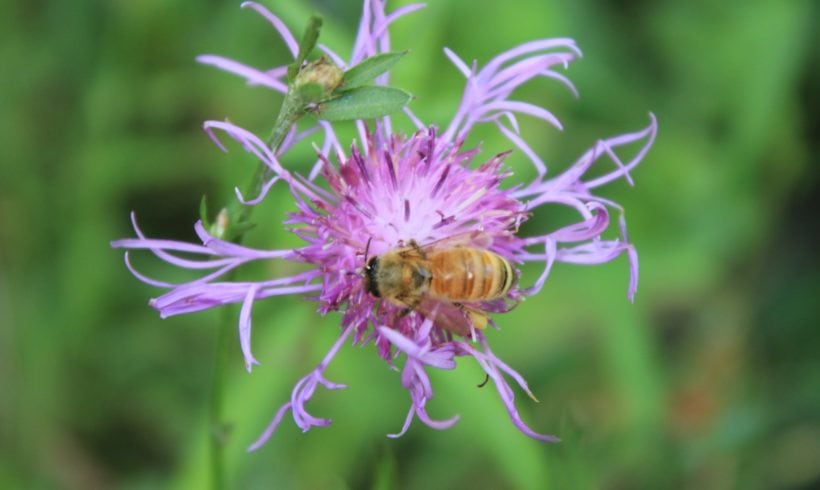
When most of us think of pollinators, we think of bees and butterflies. But moths, bats, flies, wasps, ants, beetles, and birds are also pollinators. We sometimes refer to them as “hardworking,” but they’re just looking for food. As they forage for their next meal, they pollinate plants. Pollinators are responsible for the survival of 30% of the human food supply and 90% of our wild plants.
Without the assistance of pollinators, most plants cannot produce seeds and fruits. If plants can’t reproduce, their populations decline. Soil that was held in place by plants’ root systems erodes. Carbon dioxide levels increase because fewer plants are available to purify the air. Wildlife that depends on plants for food and shelter also suffer. In many ways, pollinators can be considered an indicator species. A healthy ecosystem is indicative of a healthy pollinator population.
What are the dangers that pollinators face today? Habitat loss and fragmentation are among the main threats. Certain bees and butterflies are habitat specific and require these habitats for overwintering, nesting, and foraging. Fragmentation breaks up a habitat into smaller fragments which may not meet a pollinators needs.
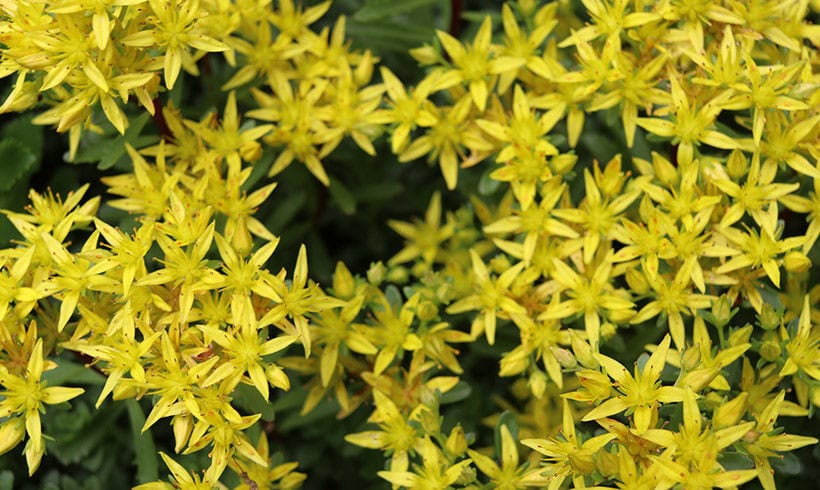
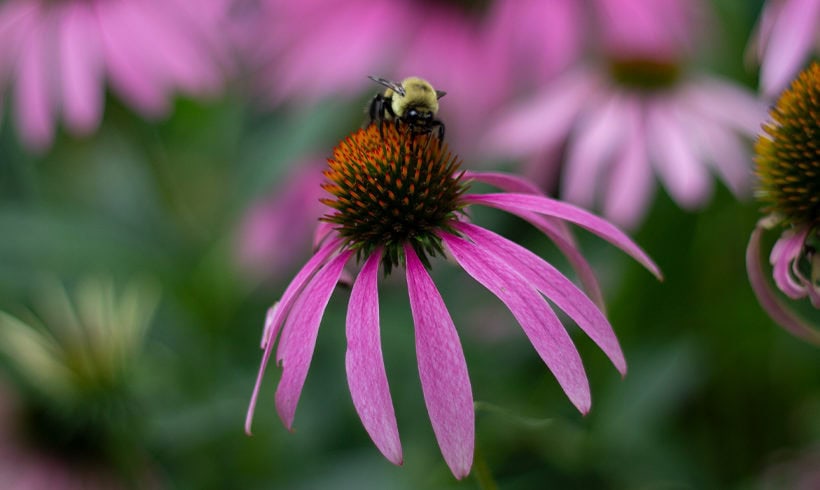
Invasive, non-native plant species can crowd out native wildflower species that provide superior food sources for native pollinators and their larvae. Introduced parasites and diseases have severely affected bee populations.
Pesticides and herbicides used on seeds can contaminate pollen grains. Important plants for pollinators are killed and future generations of pollinators can be affected by the residual chemicals.
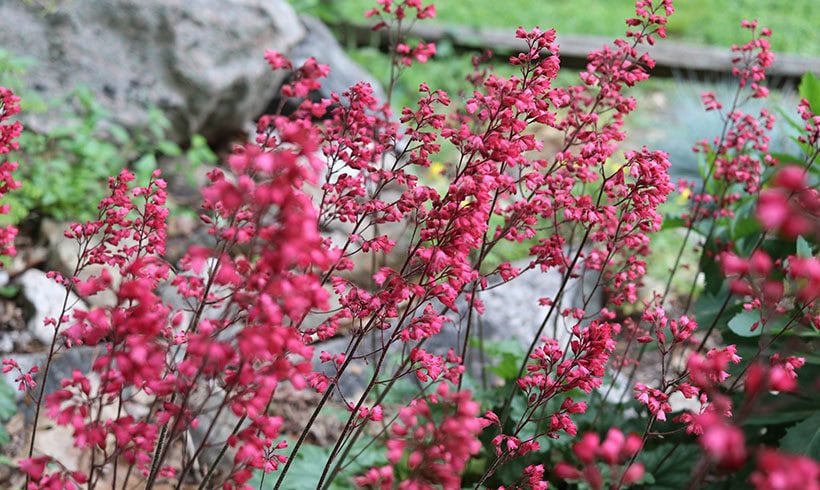
What can we do to help preserve our pollinators?
Plant natives. They are better suited to our climate and soil types and are better food sources for local pollinators. Plant them in groups rather than as single plants. Choose plants that flower at different times of the year to provide forage from spring to autumn.
Reduce or eliminate the use of chemicals in the garden.
Provide shelter and fresh water. Many of our native bees do not live in hives. Shrub piles, undisturbed areas of soil, and bee houses can give them what they need to nest. A dish of water with a surface (like a half-submerged rock) gives them something to perch on while they drink.
Join a pollinator-friendly organization. Pledge to make your yard a paradise for pollinators.
Reach out to your neighbors, friends, and family. Inform them about the role pollinators play in biodiversity and the health of the planet.
Visit your county’s Cornell Cooperative Extension website. They are a wealth of information on pollinators, native plants, and organizations that promote and support the creation of connected “pollinator pathways.”
By learning about pollinators and enhancing our properties to be more pollinator friendly, we can protect against pollinator decline.
Finally, I leave you with this important thought: “No pollinators, no chocolate!”
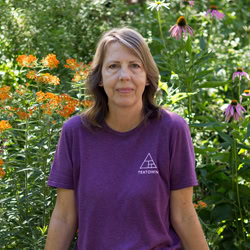
About the Author
Diane Uhle
Visitor Services & Seasonal Gardener
Since 2016 Diane has been Teatown’s gardener and visitor’s services rep. She is also a Master Gardener Volunteer with Cornell Cooperative Extension of Putnam County and has a Certificate of Conservation Biology at Columbia University. When she’s not caring for Teatown’s gardens, she enjoys hiking, kayaking, and sailing.


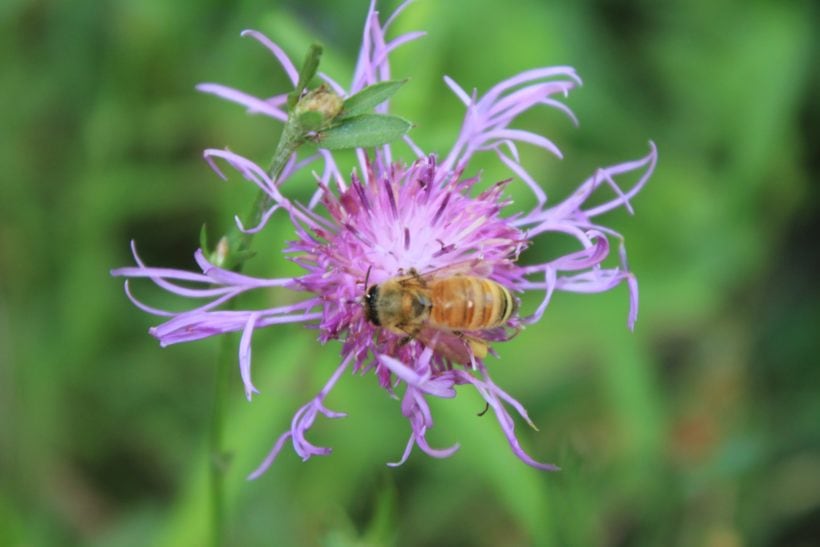
Leave a Reply